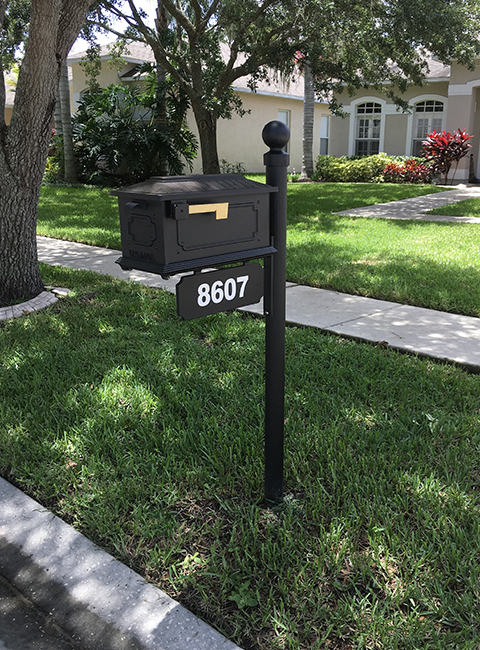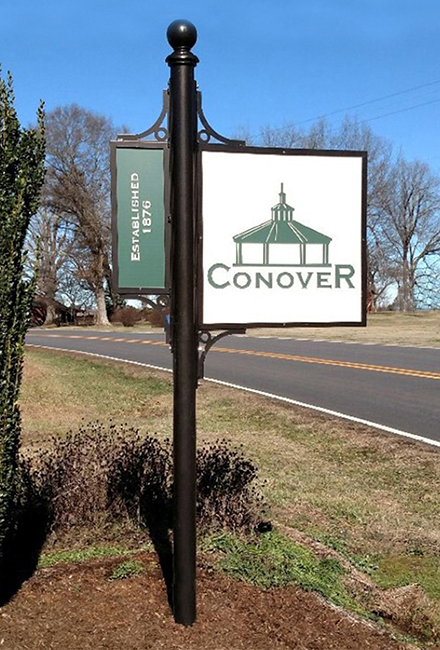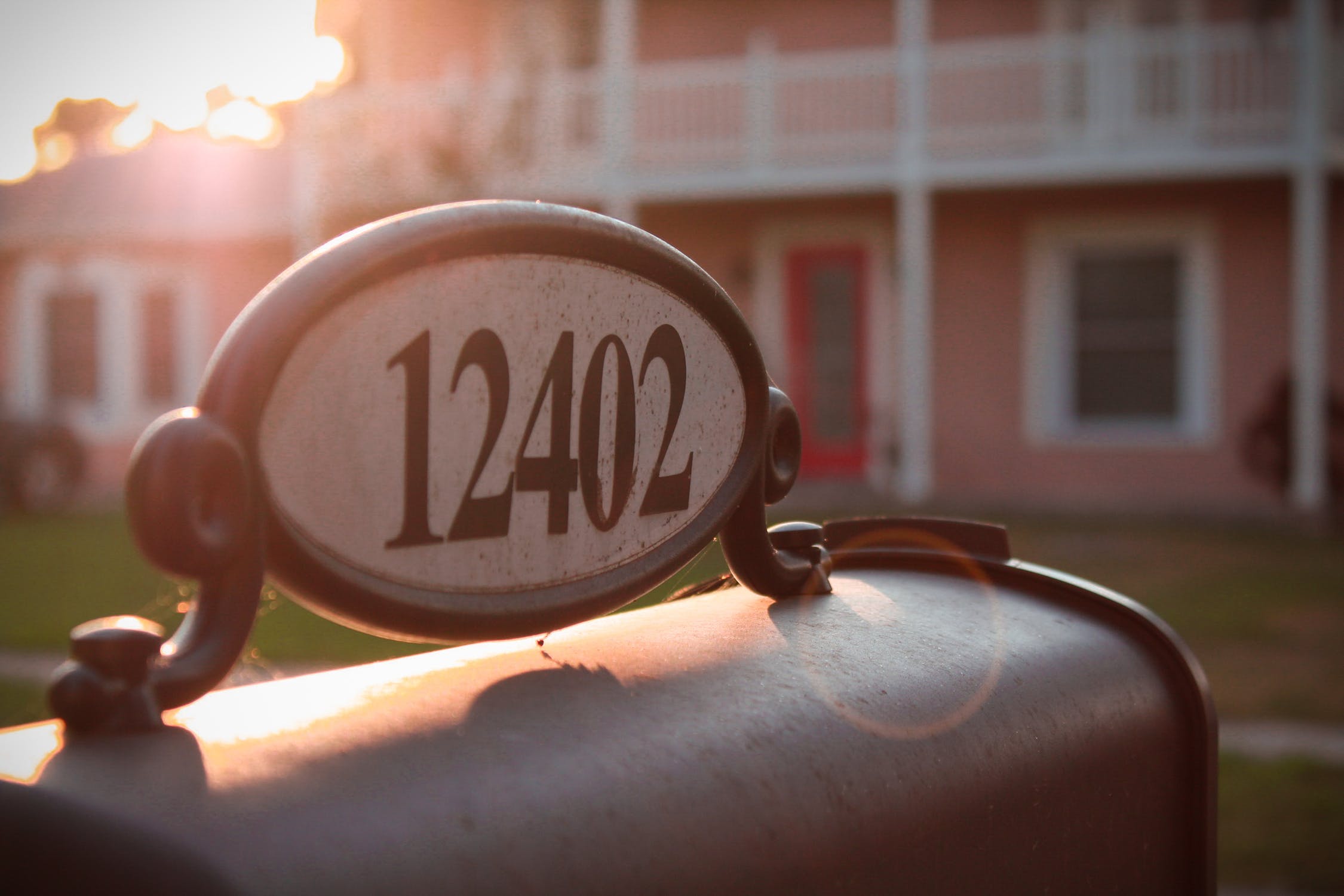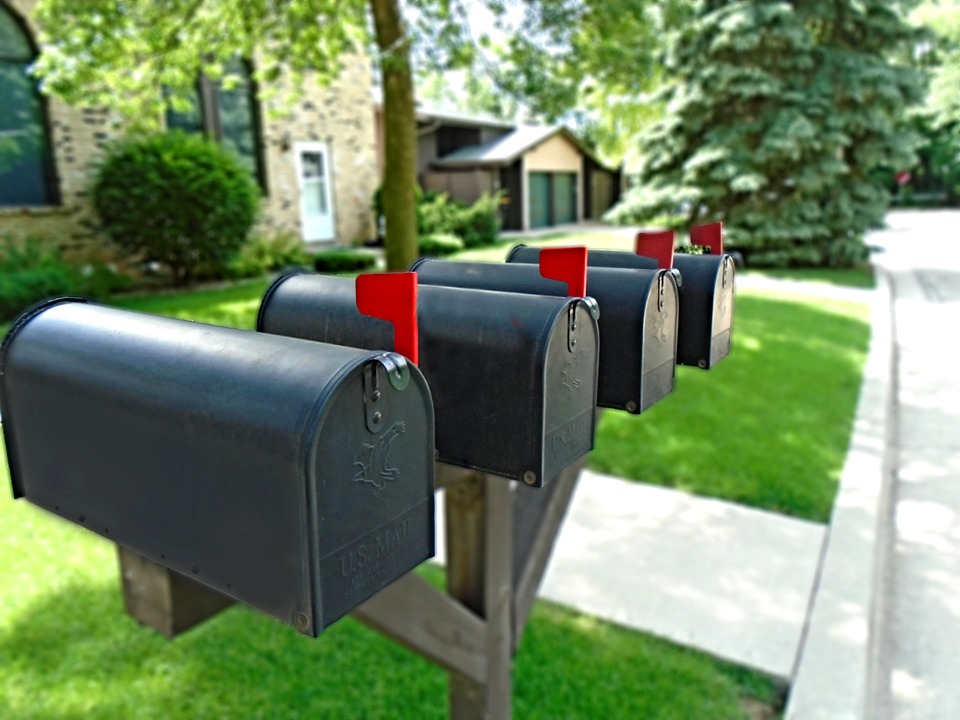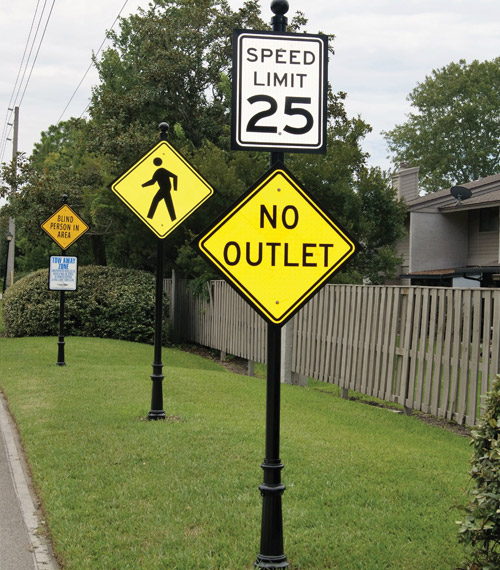Blog
Mailbox Refurbishment: How to Revitalize Your Curbside Mailbox
Wednesday November 28, 2018If the exterior of your community's curbside mailboxes are showing signs of chipping or flaking off, perhaps it's time to consider a refurbishment. Replacing your old, worn mailbox is always an option, but there are alternative to get a little more use out of your mailbox systems.
5 Benefits of Wayfinding Signage for Your Residential Community
Friday November 16, 2018When developing a residential community, it's important that high-quality wayfinding signage is used. From small rural neighborhoods to densely populated metropolitan neighborhoods, the right wayfinding signage can improve a residential community in several ways.
The Dos and Don'ts of Installing a Curbside Mailbox
Friday November 09, 2018Are you planning to install one or more curbside mailbox systems? Although a mailbox essential to connecting residential households with the outside world, the United States Postal Service (USPS) isn't responsible for installing or maintaining curbside mailboxes for residents, so this is something that you'll need to do yourself. Here are a few dos and don'ts to follow when installing a curbside mailbox.
Looking Back at the History of Mailboxes
Friday November 02, 2018Also known as a letterbox, mailboxes play an important role in keeping citizens and businesses connected. Even before the advent of the modern mail delivery service, there were couriers would would hand-deliver written messages and packages. As the need for mail increased, it eventually led to the formation of the United States Postal Service (USPS) and the modern mailbox. However, there's a long, rich history behind mailboxes that often goes unnoticed.
How Decorative Street Signs Can Enhance Your Community
Monday October 15, 2018If you're faced with the task of maintaining the aesthetic of your community, don't underestimate the value of decorative street signs. From stop signs and speed limit signs to street name signs and community message boards, decorative signage can be the perfect addition to your community. They inject a new visual style into the community that's simply not achieved with generic signs. So, why exactly should you use decorative signs in your community?


